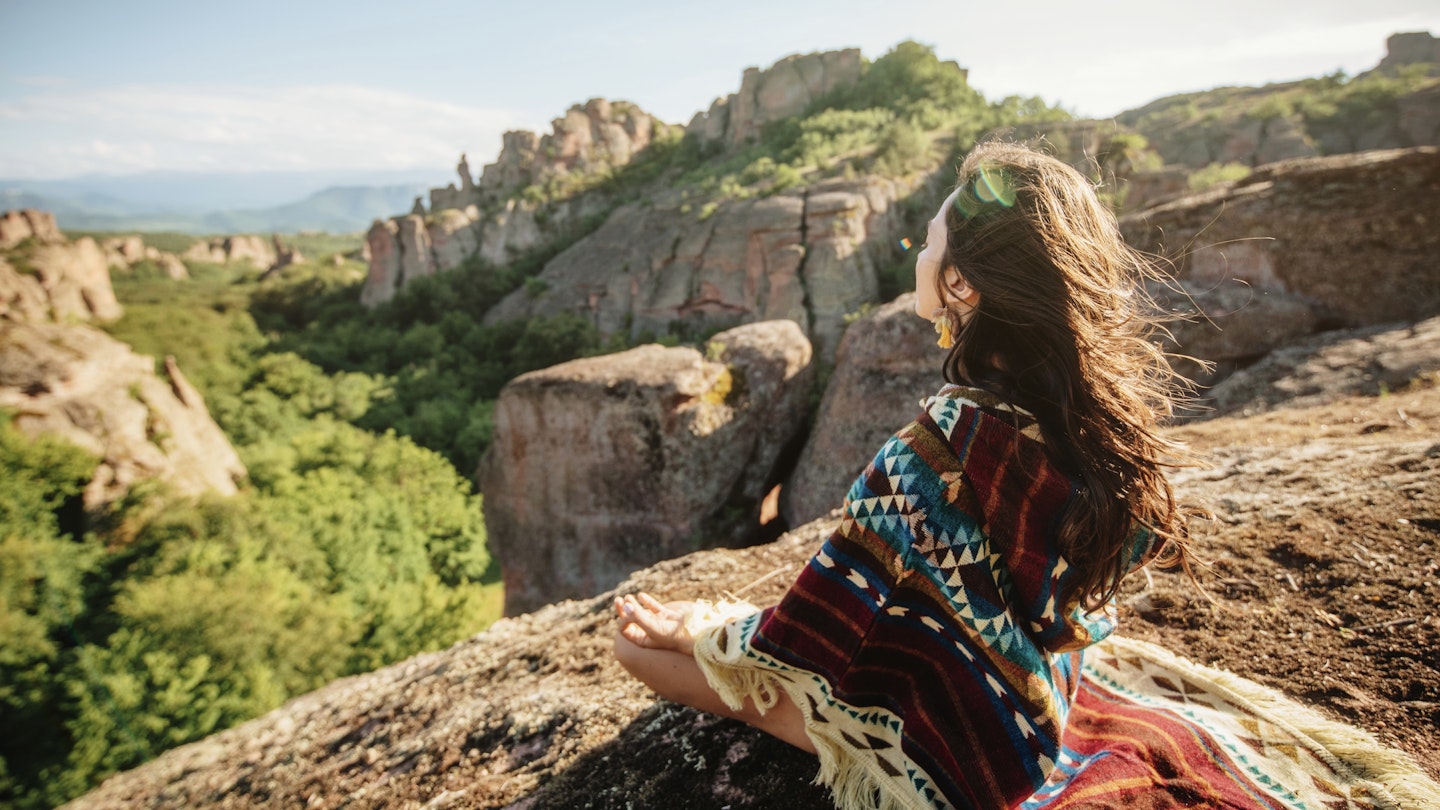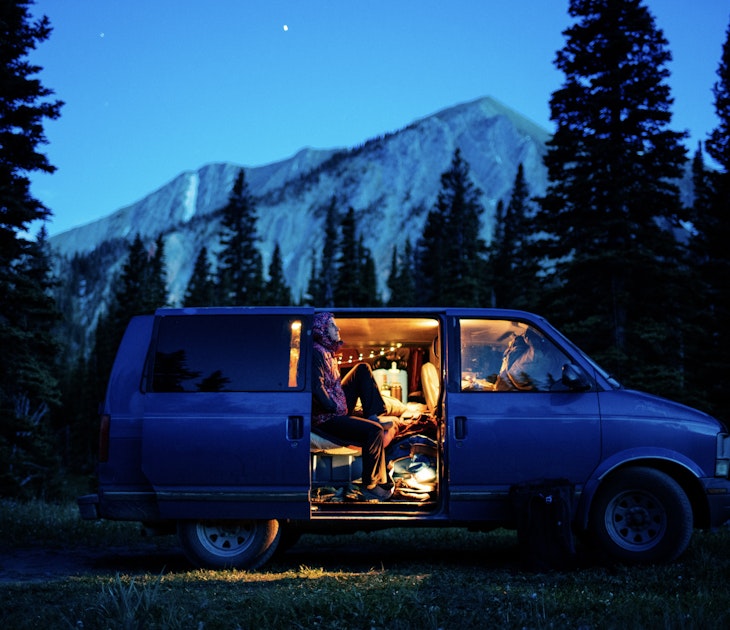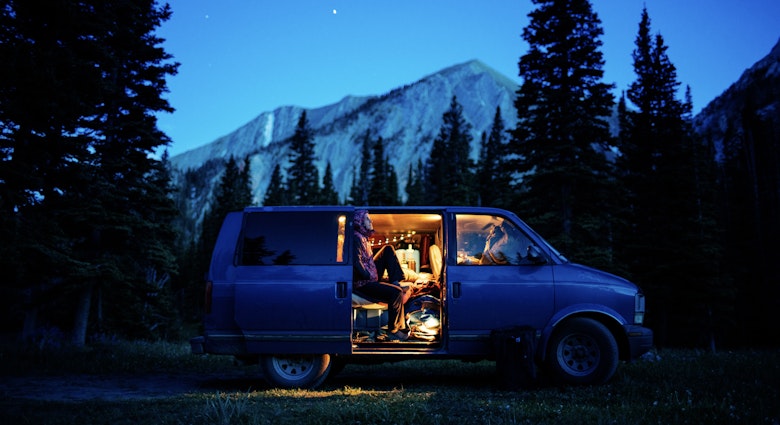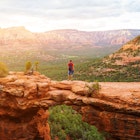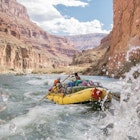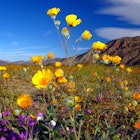It’s easy to feel overwhelmed by Sedona’s staggering scenery and unique vibe.
Every rambling trail of the geological wonderland seems to have a backstory that deepens every experience. It’s place that strikes a bold balance: a haven for visitors seeking spiritual enlightenment, or those wanting adrenaline-spiking adventure among the ancient red rocks and swaths of pine forest.
The Arizona city’s location in the high desert adds to its distinctive – and authentic – allure, and cool convergences lie everywhere. Locally produced wines pair well with desert cuisine. Pine forests flank red rocks. And Buddhist shrines and natural-vortex sites crackle with good vibrations.
From among such exciting options, here are 10 experiences not to miss in Sedona.

1. Visit a Buddhist shrine and peace park
Sedona’s natural sacred sites have long been lured those seeking spiritual enlightenment. The area’s history originates with Indigenous people, who consider this land a holy place intended for healing and transformation. Yet it might seem surprising to find a pair of Buddhist stupas – mound-like shrines filled with relics and ritual offerings – erected among the red rocks. Located near Chimney Rock at the base of Thunder Mountain, Amitabha Stupa and Peace Park spreads out across 14 acres of junipers and pinyon pines.
The peace park was created by Kunzang Palyul Choling (KPC), a Buddhist organization and study center with roots in Tibet. The 36ft (11m) Amitabha stupa, built according to principles of sacred architecture and geometry, was completed and consecrated in 2004; a bronze image of its namesake Buddha of Limitless Light is inside the stupa’s faceplate. The 6ft (2m), white Tara Stupa is named for the female Buddha. Practicing Buddhists pray to her for health, longevity and compassion. Anyone can visit this site: the organization emphasizes that it’s a place for “prayer, meditation and the experience of peace,” regardless of one’s faith.
2. Sip local Arizona wines
While you shouldn’t confuse it with Sonoma, Sedona sits in Central Arizona’s Verde Valley at almost a mile in elevation, making it a great region for grape growing. Downtown, the Art of Wine provides a primer on local wines with by-the-glass offerings. And this range is far-reaching: Bordeaux blends, a single-varietal malbec, the familiar chardonnays and rieslings, plus an Arizona fave, Malvasia Bianca, a fruity white with a floral bouquet. Less than half a mile away is Winery 1912, which features Spanish and Iberian varietals grown at Dragoon Mountain Vineyard in the town of Willcox, one of Arizona’s three unique American Viticultural Areas (AVA) (the other two are nearby Verde Valley and Sonoita, south of Tucson).
Winemaking isn’t new to Arizona (Jesuit priests first planted grapes here in the 1690s) – or even to this desert city. Back in the 1880s, when Sedona was a budding village, a homesteader planted grape vines in the high-desert grasslands, where the combination of warm days and cool nights create favorable growing conditions. Sedona today is once again leaning into these agricultural roots, and a number of companies now offer tours to wineries along the Verde Valley Wine Trail.
Planning tip: Skip the driving and learn as you sip. Sip Sedona Wine Tours offers customized excursions led by a wine-industry professional, while Wine Tours of Sedona has a range of fun tours, including a date night for two at one of the area’s estate vineyards.
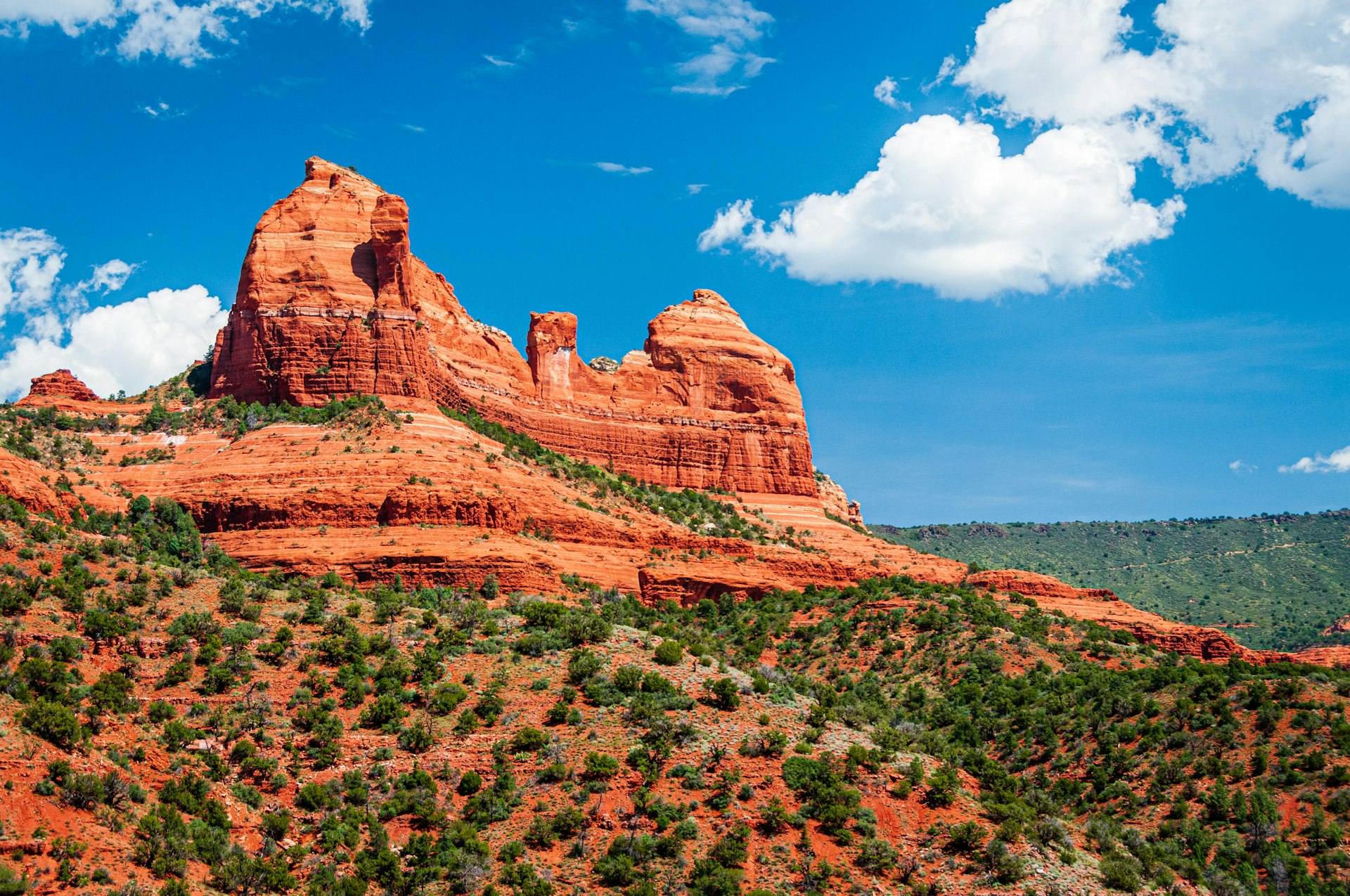
3. Photograph the desert landscape
Featuring such evocative shapes as cathedrals, castles, bells – and even Snoopy reclining on his doghouse – Sedona’s landscape is like a city carved out of sandstone. The sheer diversity of these red-rock formations is a draw for photographers (pros and Instagrammers alike), with bright-blue skies providing contrast to the iron-rich rock and dark-green junipers that frame undulating trails.
The desert’s drama softens in spring (late April through June) when delicate fuchsia and yellow flowers bloom from the paddles of prickly pears and branches of cholla cactuses, lending color and whimsy to these spiky plants. Visit in winter and you might witness a veil of snowy white to the ancient peaks.
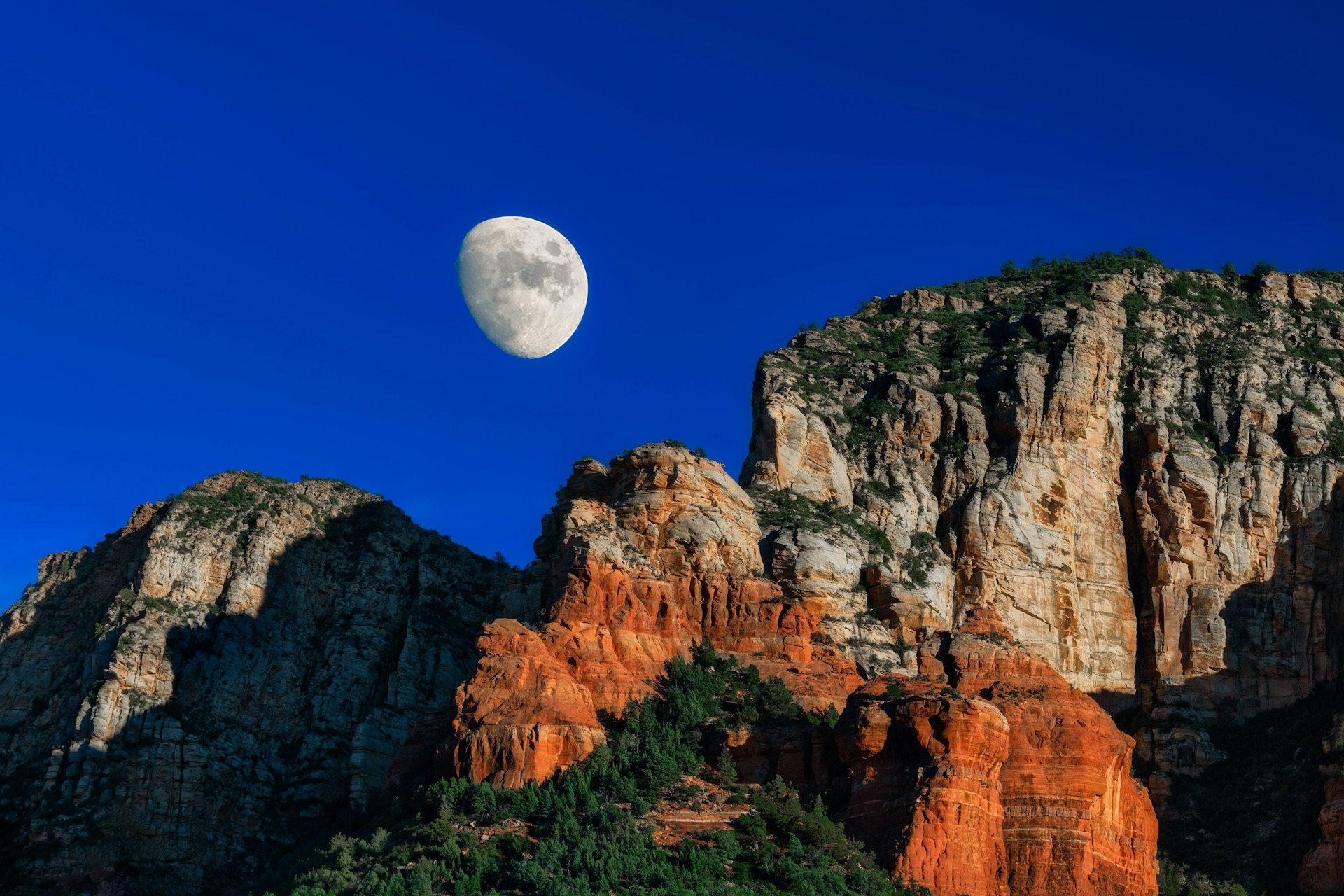
4. Go on a guided full-moon hike
Walking through the desert in the coolness of the evening when it’s aglow with moonlight puts a fresh spin on exploring Sedona’s terrain. You don’t need to wander alone to watch the last light of the day burn out as the moon makes its ascent: naturalists at Red Rock State Park offer guided interpretive hikes during the full moon. The tour covers two miles and you’ll learn about Sedona’s fascinating geology, history and plant life.
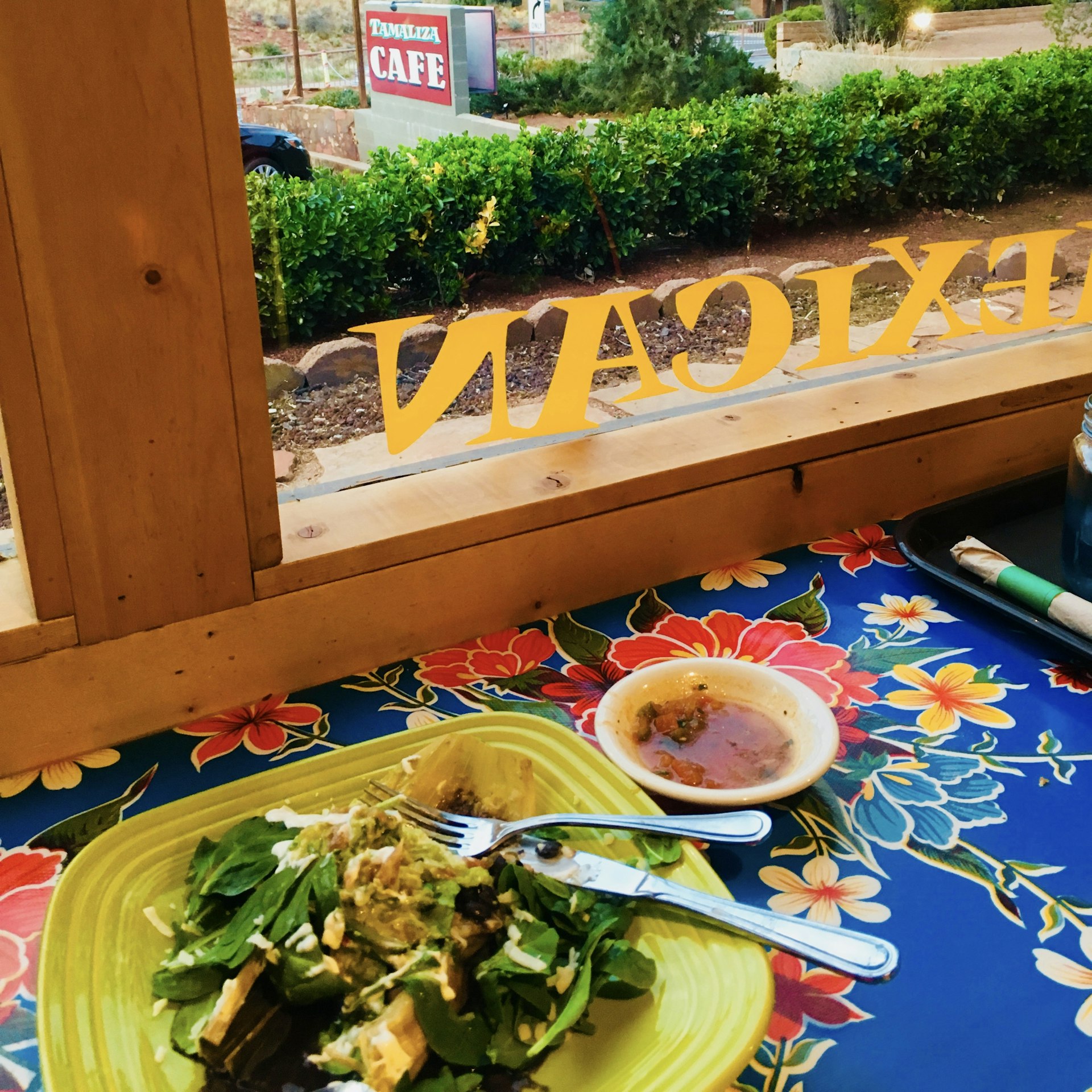
5. Taste high-desert cuisine
“Southwestern” food is one of those all-encompassing terms that can describe multitudes. In Sedona, though, you’ll sometimes see the term “high-desert cuisine” on menus – with rattlesnake as an extreme example, alongside tamer examples like peach cobbler. Syrups made from agave plants and the ripe fruits of prickly pear (or “tuna”) cactus make welcome additions to cocktails, especially margaritas. The pads of those same cactuses, called nopales, turn up in a salad at award-winning Elote Café, and you’ll often find them sizzled up like fries, such as at Cowboy Club.
Local tip: Linger at Cowboy Club to soak in some Hollywood history. Back in the day, celebrities like Elvis Presley, Joan Crawford, John Wayne and Rock Hudson hung out here, often when working on the Westerns filmed in the area during the 1950s and ’60s.

6. Watch the sunrise from a hot-air balloon
Imagine the feeling of weightlessness and 360-degree views while drifting above Sedona’s buttes, mesas and pinnacles as the sun slowly climbs, bathing the red rocks in light. A hot-air-balloon ride offers an awe-inspiring way to get oriented to the sprawling landscape. Flights take off early, when the wind conditions are most favorable, and last for up to four hours. What’s more, this mode of exploration is a more environmentally sound way to see Sedona from above. In an effort to enhance the city’s natural peace and quiet as part of its Sustainable Tourism Plan, the city of Sedona has asked helicopter tour operators to adhere to no-fly zones.
Planning tip: Tour operators such as Northern Light Balloon Expeditions and Red Rock Balloon Adventures provide year-round sunrise trips (the latter has some closures in summer), so check the schedule before you travel if you have your heart set on a flight.
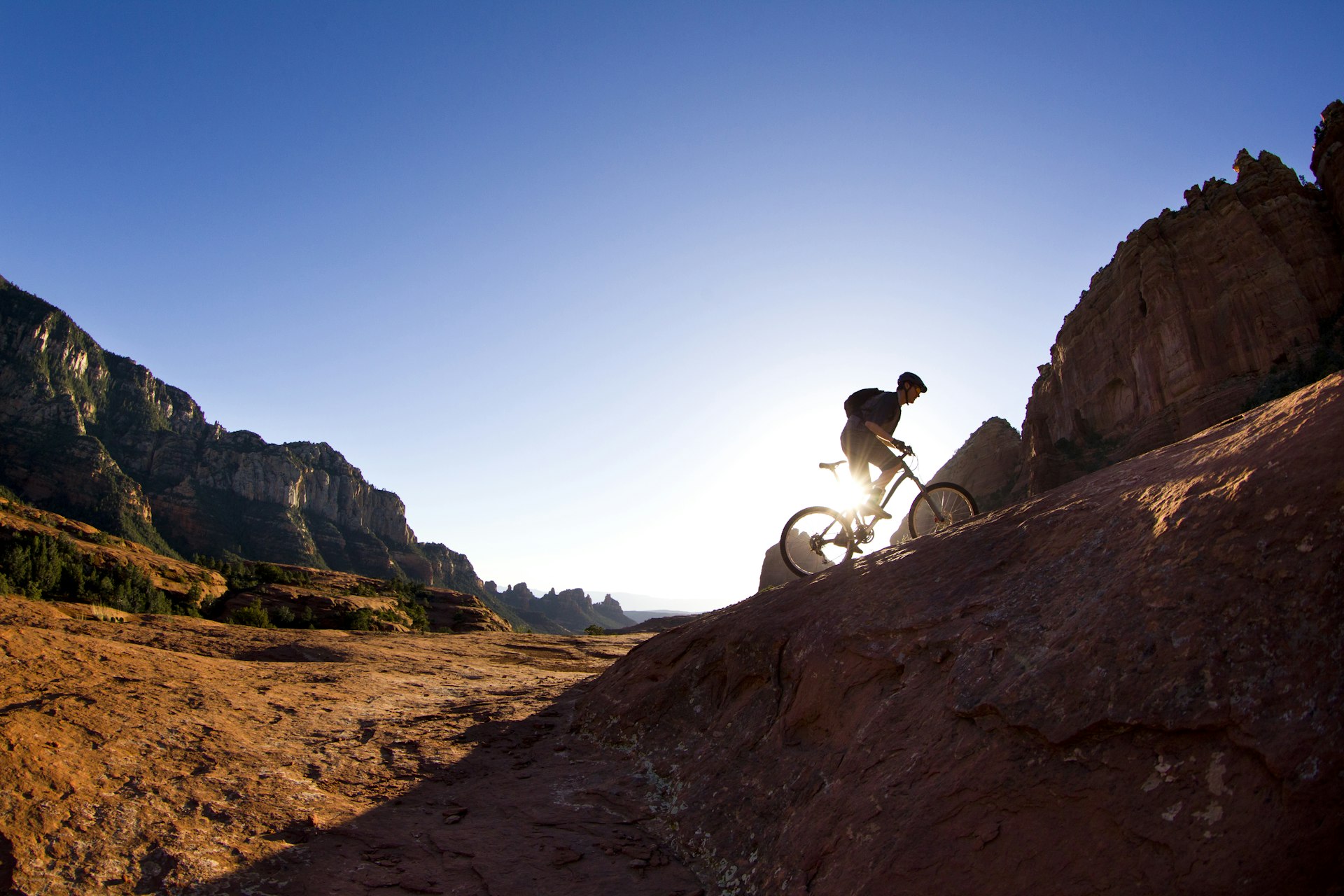
7. Mountain-bike desert trails
The two million acres of national forest land and 200 trails traversing 400 miles in Sedona means the potential for riding single-track routes is boundless. People new to mountain biking can find plenty of wider and less-steep routes to get comfortable in the saddle, including parts of Slim Shady and the Bell Rock trail. Advanced riders might want to take on the Hangover trail or Cathedral Rock Big Loop, which gains 1054ft (321m) in elevation.
With Sedona’s mild weather, you can go mountain biking any time. (Be aware that heavy rainfall can create flash floods during the summer monsoon season.) Cyclists will enjoy visiting in March, for the three-day Sedona Mountain Bike Festival.
Local tip: Remember to never “bust the crust.” These signs on Sedona’s multi-use trails are reminders of the fragility of the desert ecosystem – and to stick to the pathways.
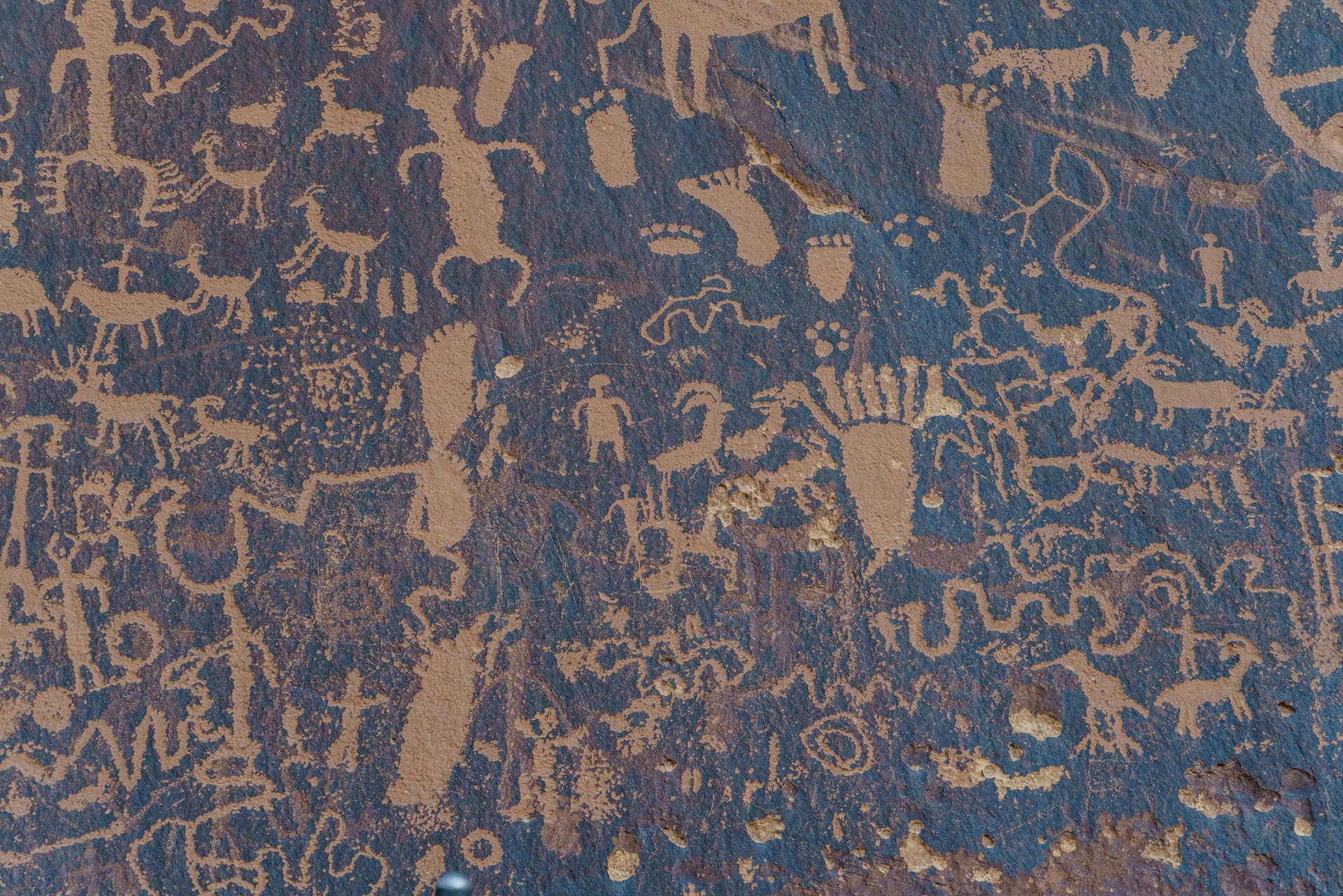
8. Learn more about Indigenous cultures
Indigenous people first settled in the fertile Verde Valley as far back as 650 BCE: first the Sinagua, followed by the Hopi, Yavapai and Apache. You can discover these cultures’ histories at Arizona’s national parks, and monuments and historic sites run by the US Forest Services, including Palatki, Honanki and Crane Petroglyph (formerly called V Bar V). At these living archeological sites, you can take a guided tour along unpaved pathways to see cave dwellings carved out of the sandstone, and discover the difference between petroglyphs and rock art. Before you go, brush up on your archeological site etiquette.
Another way to learn about Sedona’s thriving Indigenous culture is by – yes – shopping. Fine arts and crafts are for sale at a handful of top-quality galleries and boutiques, such as Sedona Artist Market & Gallery, Hoel’s Indian Shop and Garland’s, where staff are generous with their time and knowledge. Every vintage blanket, squash-blossom necklace and sand painting has a fascinating story of culture and craftsmanship passed down through generations.
Local tip: Shop carefully to make sure you’re purchasing truly Indigenous-made artifacts rather than knockoffs.

9. Slide down a sandstone chute
It’s not unusual to find a swimming hole near a clear creek – but one with a natural slide? To skim down an 80ft (24m) sandstone chute into Oak Creek, grab your gear and head to Slide Rock State Park. The park’s stone channel has a seven-percent decline and gets its slickness from algae, which helps slingshot swimmers into the creek’s cool water.
Local tip: With half a mile of the creek to splash around in, wildlife clusters in Slide Rock in summer. Think more than 140 bird species (look for hummingbirds and Steller’s jays), javelinas (aka “skunk pigs”), Coues (pronounced “cows”) white-tailed deer and even black bears.

10. Search for UFOs in an International Dark Sky Place
With billionaires blasting off to explore space, would it be such a stretch to think that aliens are visiting us, too? Not in Sedona, which is considered a superb place to see otherworldly aircraft. First off, it’s ultra-dark in Sedona (Oak Creek Village is on the roster of International Dark Sky Places), so it’s easier to pinpoint potential extraterrestrial activity pulsating in those clear, jet-black skies. Second, people believe Sedona has four vortexes – natural sites that emanate a type of energy.
Sedona’s metaphysical community offers a number of educational tours that typically combine UFO sightings (many guarantee you’ll see paranormal activity) and vortex visits; you can only imagine what you might make out when staring at the stars while wearing military-grade night-vision goggles. Regardless of whether you’re a believer yourself, you’ll find out why so many people believe Sedona is such a mystical place.
Keep planning your trip to Sedona:
When should you go? These are the best times to go
All you need to know about getting around
See more of the desert with these dreamy day trips

